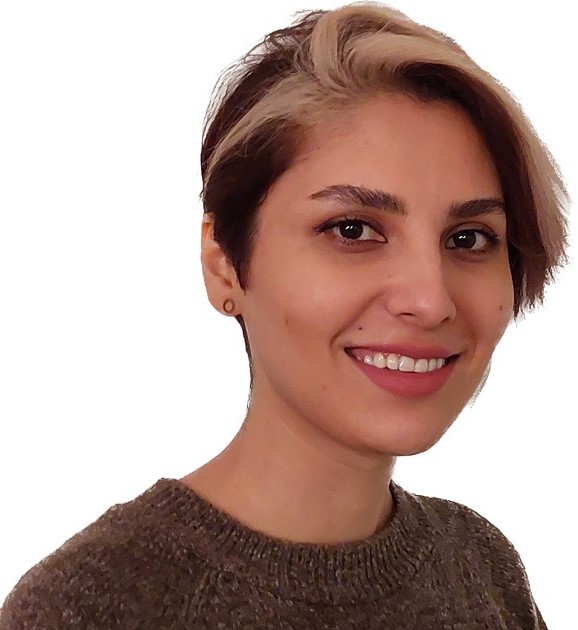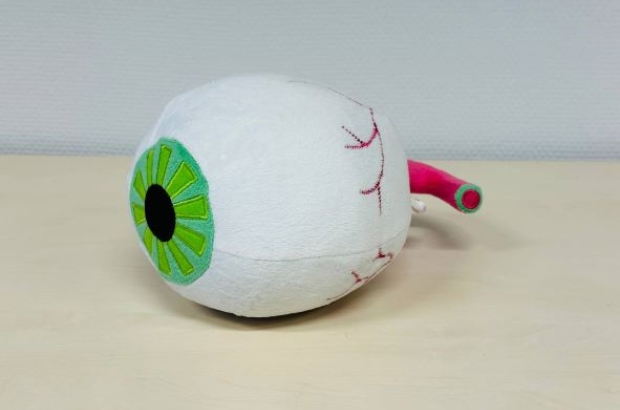- Daily & Weekly newsletters
- Buy & download The Bulletin
- Comment on our articles
Kurdish PhD student's eye surgery research wins Antwerp University science communications competition
PRESS > SPEAK is an annual competition for PhD scientific researchers at Antwerp University. It has two sections, one in Dutch for home students, the second in English for international students. The contest helps scientists improve their communication skills. Each entrant was given five minutes to pitch their research or write a concise easy-to-read text describing their research project.

And the winner was Hosna Ghaderi (pictured above), a Kurdish PhD biomechanics student originally from Iran. Here’s her winning entry in the English-language competition.
Need eye surgery and worried about the results?
Imagine this: You visit the eye doctor, and with the push of a button, a virtual replica of your eye springs to life! This is exactly what my PhD research aims to achieve, creating personalised 3D models of the eye that will help surgeons rehearse operations before performing them on patients. Get ready for a revolution in eye surgery!
For decades, scientists have used models of the human eye to better understand how it works. These help explain what happens when we look at things. But these models do not take shape changes of the eye into account, such as during growth or accommodation, the process by which the eye lens reshapes to let you focus on objects at various distances. This leads to reduced accuracy when predicting surgical outcomes and limits our understanding of certain eye diseases.
To address this issue, I am developing a model that includes the mechanics of the eye. This will give a better understanding of how the eye works and make surgical procedures safer and more effective. My model is unique because, for the first time ever, it considers the individual differences between people's eyes, which improves the quality of the predictions of what will happen during and after surgery!
Advanced Eye Model: Safer Surgery, Better Outcomes!
The model allows testing new surgical methods before trying them on patients, reducing risks and increasing the success rate of surgeries. Considering the differences between people's eyes, this new model will open up new avenues for research and improved quality of life for those with eye conditions.















